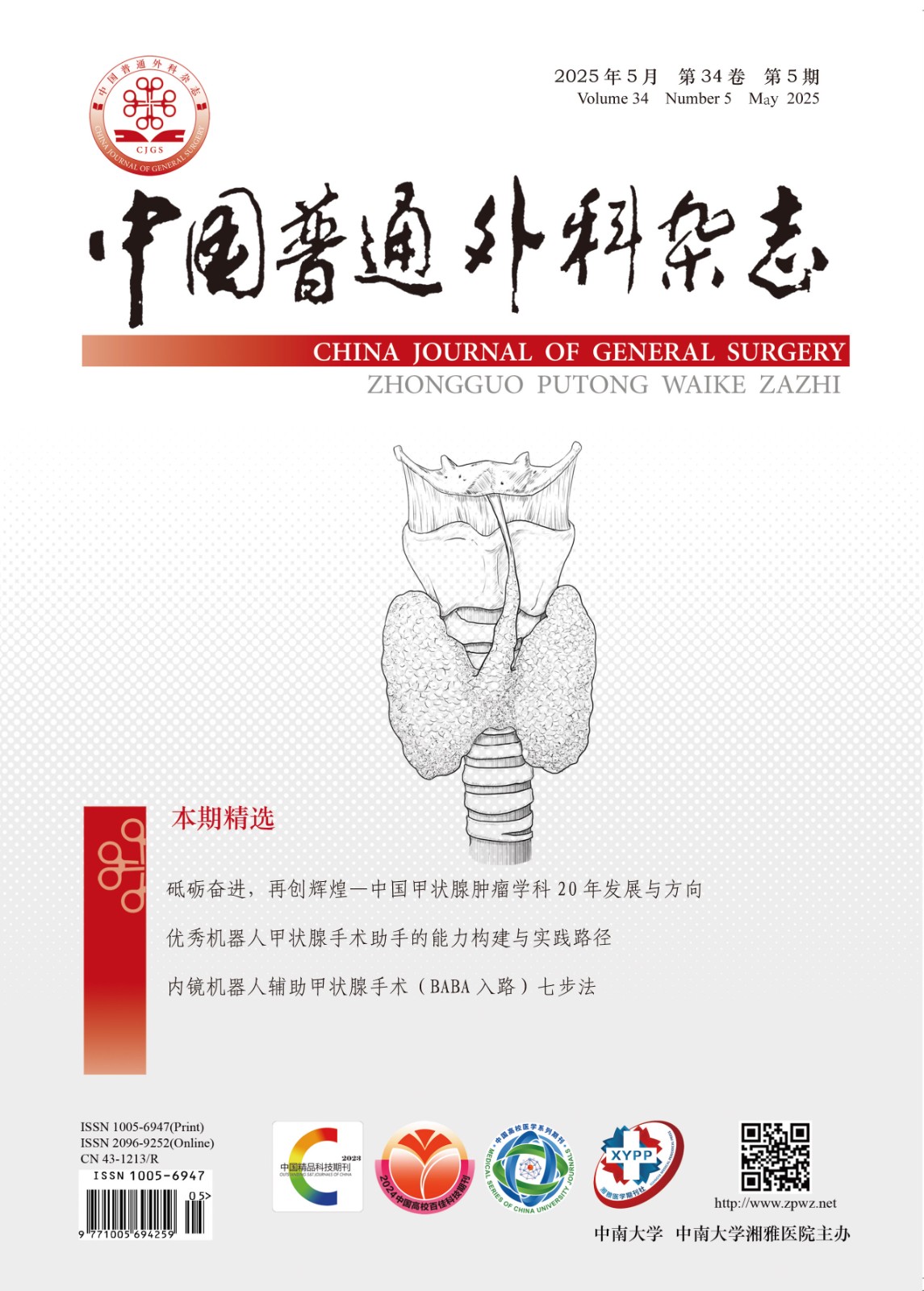Abstract:
Objective: To investigate the prognostic factors of patients with liver metastases from colorectal cancer. Methods: The clinicopathological data of 71 patients with liver metastasis from colorectal cancer admitted to our hospital during the past 5 years were retrospectively analyzed. Ten clinical factors of the patients that included gender, age, the size, location, and number of liver metastatic tumors, time interval between primary diagnosis and detection of liver metastasis, the differentiation level of primary tumor, presence of lymph node and extrahepatic metastasis, and the methods of treatment of liver metastases were selected to conduct univariate and multivariate Cox regression analysis. Interaction analyses were also performed between the significant related factors. Results: Of the 71 patients, the average survival time was (16.5±5.3) months and the 3-year survival rate was 12.7%. The univariate analysis suggested that seven factors were related to prognosis, which included the size, location, and number of liver metastatic tumors, the differentiation level of primary tumor, presence or absence of lymph node and extrahepatic metastasis, and the methods of treatment of liver metastases, and they all had significant differences compared with their corresponding groups (χ2=11.279, 9.600, 8.076, 17.376, 19.817, 24.310, 32.267; P<0.05). Multivariate analysis revealed that the differentiation level of primary tumor (RR=1.671, 95%CI 1.236-2.345, P=0.026), lymph node metastasis (RR=1.658, 95%CI 1.214-2.286, P=0.010), extrahepatic metastasis (RR=2.586, 95%CI 1.758-6.326, P=0.000) and the methods of treatment of liver metastasis (RR=6.846, 95%CI 3.624-13.032, P=0.000) were closely related to the prognosis of colorectal liver metastases. Conclusions: The differentiation level of primary tumor, lymph node and extrahepatic metastasis, and the methods of treatment of liver metastases were independent prognostic factors for colorectal liver metastases.

